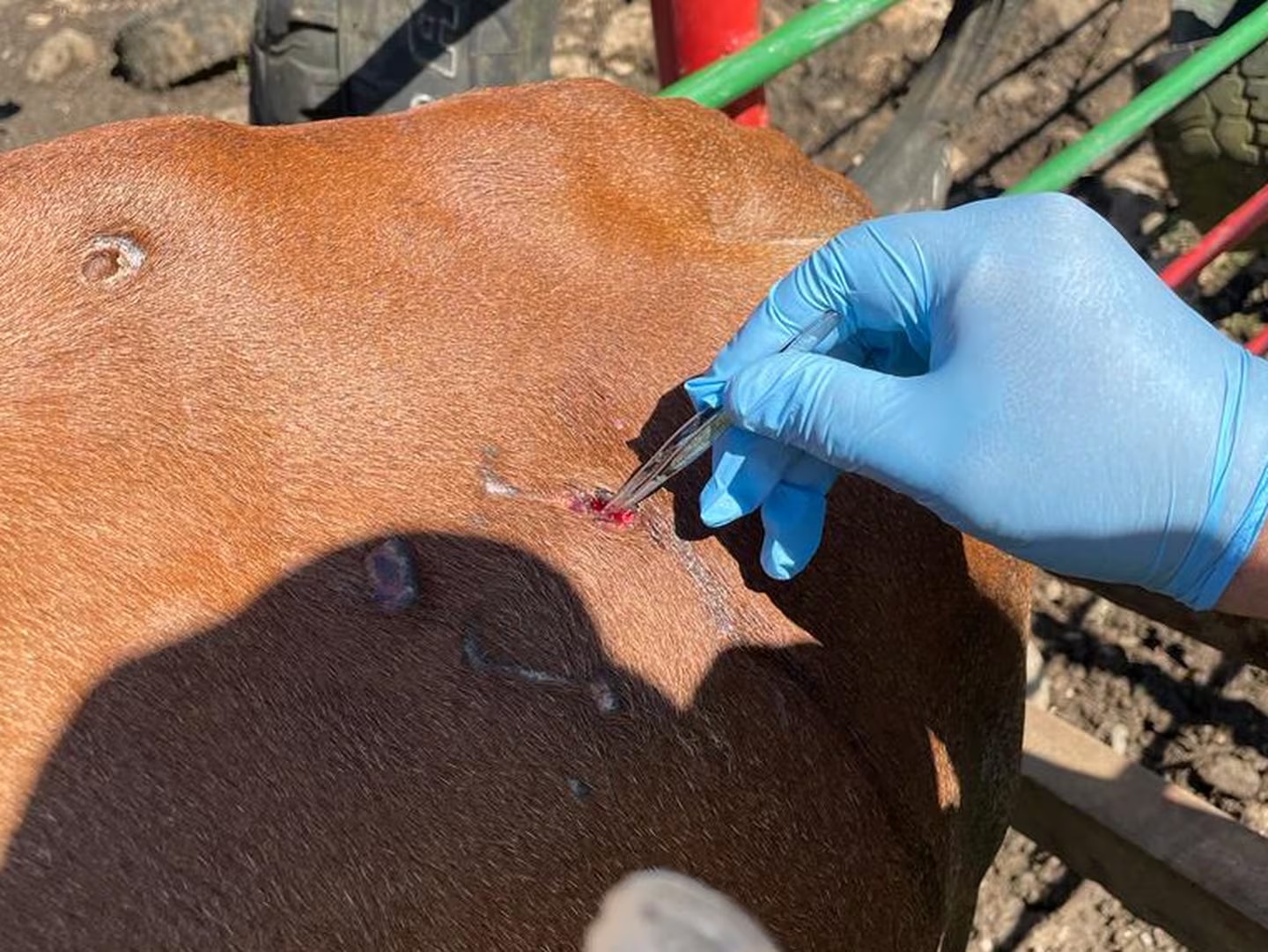The Institute for Agricultural Protection and Health (IPSA), in response to the advance of the cattle screwworm plague in the national territory, has enabled two telephone lines, one conventional and one cellular, to receive reports of cases of infections in animals or people.
The telephone lines to which citizens can report cases of infection are +505 2298-1330, extension 151 and 450, or the cell phone number, via WhatsApp, +505 8577-4014.
The screwworm plague of cattle, according to the World Organization for Animal Health (WOAH), “is an obligate parasite of mammals, including humans, that is caused by the larval stage of the fly Cochliomyia hominivorax (Coquerel).”
IPSA encouraged Nicaraguans to immediately notify the Institute’s offices or by telephone if they observe larvae or worms in the wounds of their animals.
Related news: Nicaragua records two cases of people infected with the screwworm
Last April, through a decree, the IPSA declared a “national animal health alert due to the presence of the screwworm” in livestock in Nicaragua.
Ricardo Somarriba, director of IPSA, revealed earlier this month in interviews with pro-government media that the presence of the screwworm in cattle in Nicaragua was detected “six months ago” and that in this period they have detected two cases in humans and “around 2,500 cases in animals, with cattle being the most affected, with more than 1,900 cases, especially in calves.”
How to detect an animal infected with the cattle screwworm?
The Institute for Agricultural Protection and Health, on the page it set up on its website to inform about the cattle screwworm plague, explains to the Nicaraguan population that the Coquerel fly, which is responsible for laying eggs inside wounds in warm-blooded animals, can even infect wounds as small as those produced by ticks and enter “through any orifice including the nose, mouth, eye sockets, ears or genitals of animals.”
He explains that the larvae of the cattle screwworm “are creamy white in color, and when they mature they acquire a reddish tint, are in a vertical position and buried deep in the tissues.”
Related news: Honduras imposes US$7 fee to fumigate vehicles from Nicaragua due to cattle screwworm infestation
According to IPSA, animals infected with the cattle screwworm suffer weight loss and may even die within 7 to 14 days “due to toxicity or secondary infections”, especially if they do not receive treatment.
In addition, it recommends that livestock producers detect in their animals some of the clinical signs that range from bloody suppuration, distinctive odor, separation from the group, discomfort, loss of appetite, to decreased milk production.
















